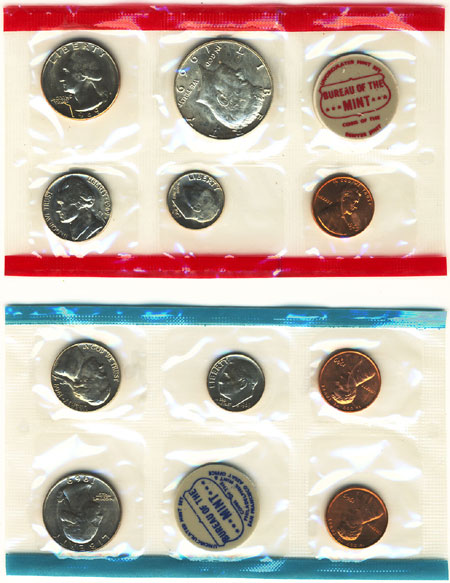

As shown in the image above, the reverse of 2007 will have a bowl shaped “U” and a different style dash between “SILVER” and “ONE”. The variety can be identified by examining some of the details of the reverse design. The results of a Freedom of Information Act request determined that 46,318 pieces were struck with the 2007 reverse from an overall mintage of 533,757 pieces. This coin was the collectible uncirculated version offered as a numismatic product. A rare variety was created when the US Mint inadvertently used a reverse die with the 2007 design on the 2008-W Uncirculated American Silver Eagle. You can check your 1968, 1970, 1975, 1983, and 1990 Proof Sets.Ģ008-W Uncirculated Silver Eagle with Reverse of 2007īetween 20, the United States Mint made slight alterations to the reverse design of the American Silver Eagle. In all cases, these coins can be easily identified as proof coins for the given dates without the “S” mint mark on the obverse. One of the examples sold for $373,750 in 2011. The absolute rarest of these is the 1975 “No S” Proof Roosevelt Dime, which has only two examples known. Similar errors have occurred with missing “S” mint marks for the 1971 Proof Jefferson Nickel and the 1968, 1970, 1975, and 1983 Proof Roosevelt Dimes. Examples have sold for $3,000 or more depending on grade. Although an estimated 3,500 examples were struck without the mint mark, only around 200 examples have been identified. The most recent occurrence was the 1990 “No S” Proof Lincoln Cent, which can be found in the regular 1990 Proof Set as well as the 1990 Prestige Proof Set. San Francisco Proof Coins Missing the “S” Mint MarkĪn error which has occurred for several years and across at least three denominations has been when a modern proof coin from the San Francisco Mint is struck without the “S” mint mark. If the reverse design appears upside down, you have an example of the error. This mistake can be easily identified by holding the coin with the obverse in upright orientation and then turning the coin vertically (top to bottom). From this number, an estimated 200 pieces were incorrectly struck with medal alignment. The uncirculated version of the 1989-D Congress Bicentennial Silver Dollar had a total mintage of 135,203. A rotated die or rotated reverse error occurs when dies are installed incorrectly or a loose dies rotates so that coins are struck with the incorrect alignment. United States medals and some foreign coins are produced so that when turned horizontally (side to side) the design will display its upright orientation.

United States coins are typically produced so that when turned vertically (top to bottom) the design will display its correct upright orientation. Each of the coins are easily identified, but at the same time can be easily overlooked.ġ989-D Congress Bicentennial Silver Dollar Rotated Die Error

The next time you have a chance, you might want to check to see if you have any of these rare and in some cases extremely valuable coins residing unbeknownst in your collection. Although the occurrence has been infrequent, over the years there have been some instances where errors or varieties have been packaged in modern United States Mint numismatic products.


 0 kommentar(er)
0 kommentar(er)
